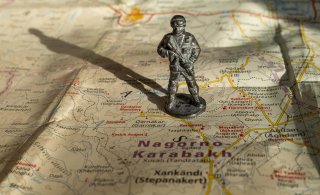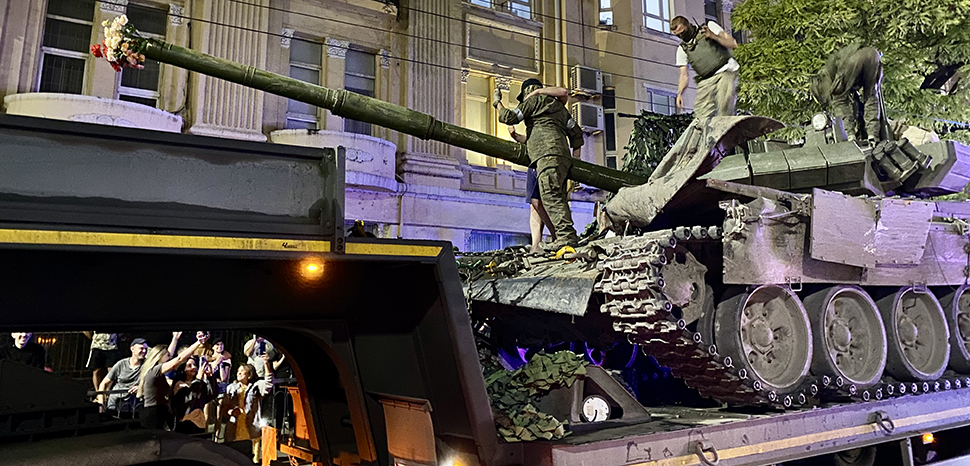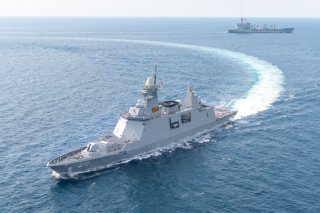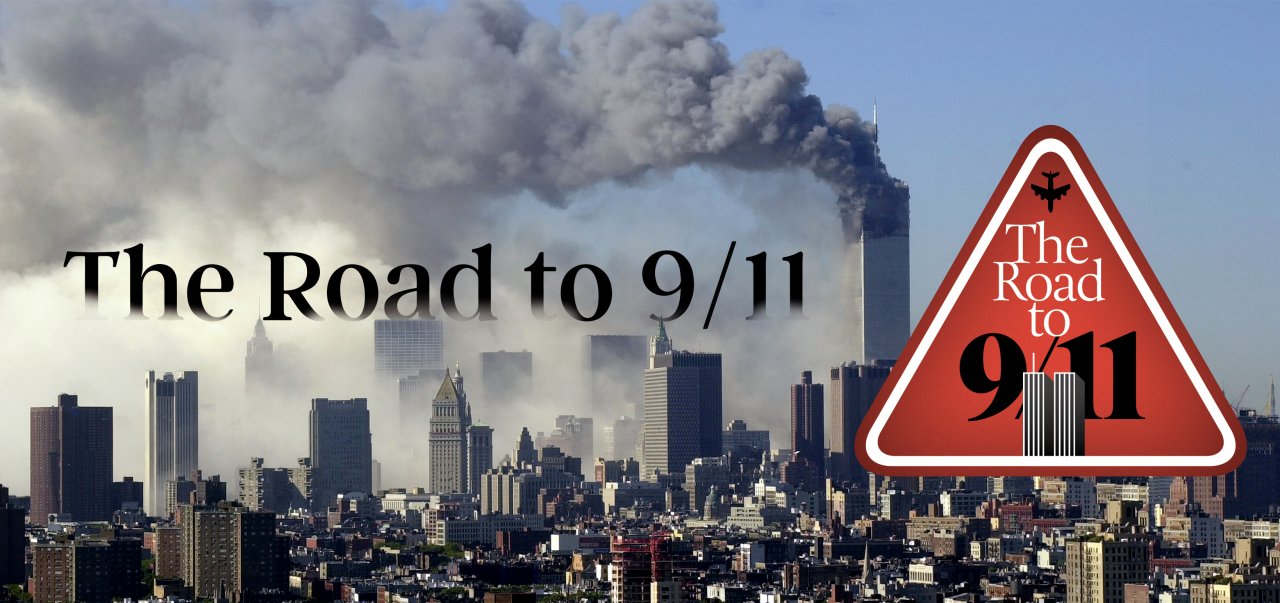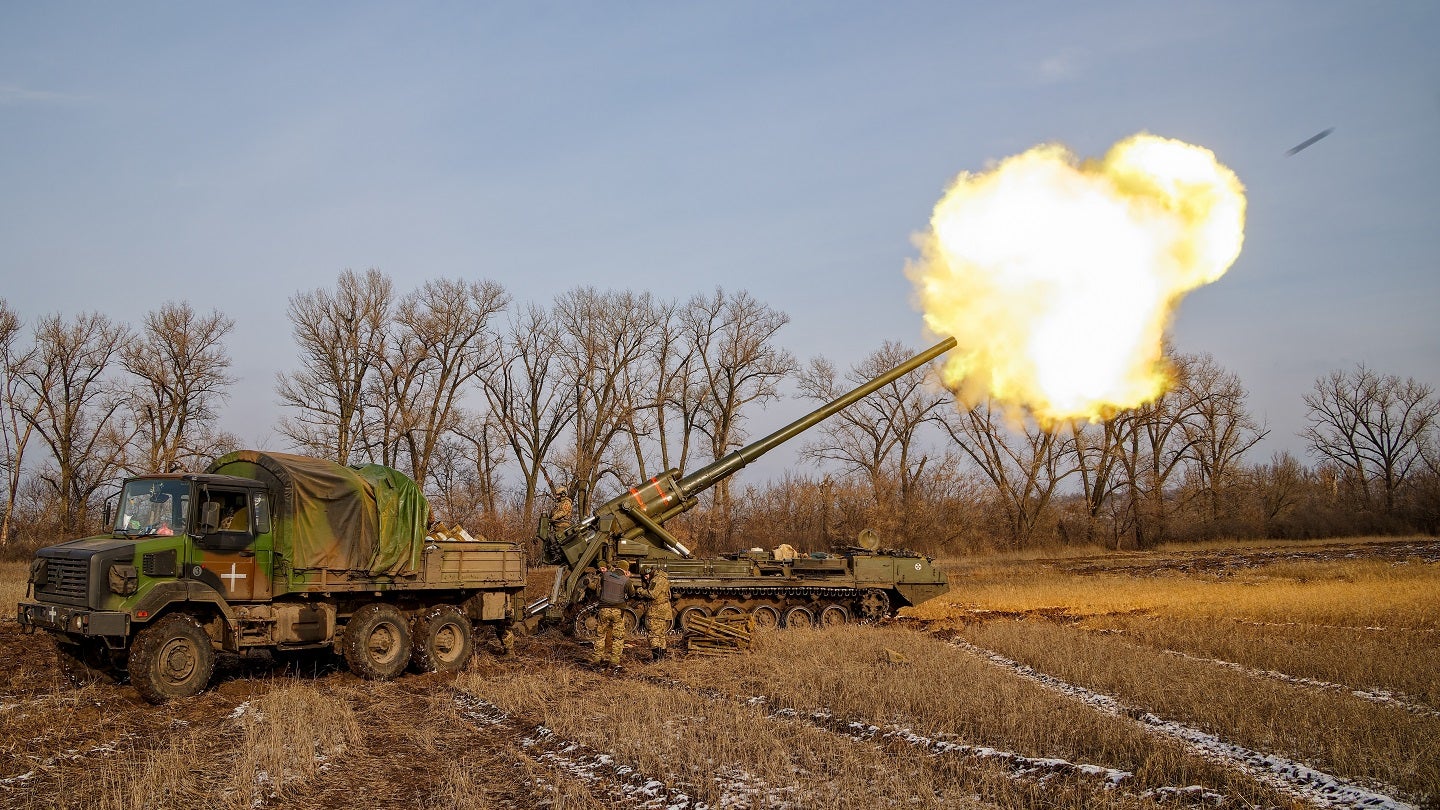Michael Hochberg
The art of deterrence seems to have been lost here in the liberal-democratic West.
Certainly, the West failed egregiously in deterring Russian aggression against Ukraine – first in 2013 in Crimea, and then on February 24, 2022, after Valdimir Putin amassed troops on Ukraine’s borders. Economic blandishments and sanctions, it has become clear, are weak reeds when it comes to deterring autocratic governments from kinetic actions. In fact, economic sanctions can delay timely and coordinated Western actions aimed at deterrence, since international businesses and individuals benefiting from engagement will tend to lobby against anything that will disrupt their activities.
Deterrence is, in no small part, about fear. In an authoritarian regime, deterrence occurs in the mind of the autocrat. And the leaders of authoritarian states fear different things than the leaders of Western liberal states. Western leaders of commercial republics fear things like a declining economy, supply chain disruptions or inflated prices on ever scarcer goods–especially with the approach of elections. But such economic deterrents to action do not hold sway to the same extent over the imagination of authoritarian adversaries. Only in commercial republics, where leaders are answerable to citizenry, is the logic of economic hardship likely to lead to a loss of authority and status.
 India’s climate action is fundamental to the global fight against climate change.
India’s climate action is fundamental to the global fight against climate change.